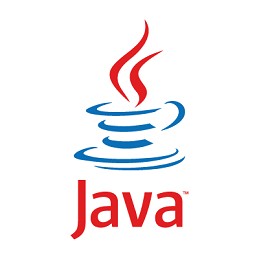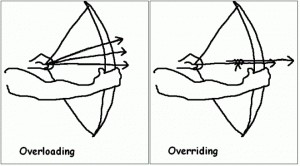--Originally published at diegotc2016
According to Wikipedia the metaobject protocol provides the vocabulary to access and manipulate the structure and behavior of objects.
The main functions of the MOP are:
- Creating and deleting new clases
- Creating new methods and properties
- Changing the structure of clases so that clases can inhert from other classes
- Make or modify code for defining methods of a class
The MOP allows a system to modify the internal structure of objects.
I investigated more about the MOP and there’s a book about it which is called the Art of the Metaobject Protocol.

I got these information out of:
https://en.wikipedia.org/wiki/Metaobject



























